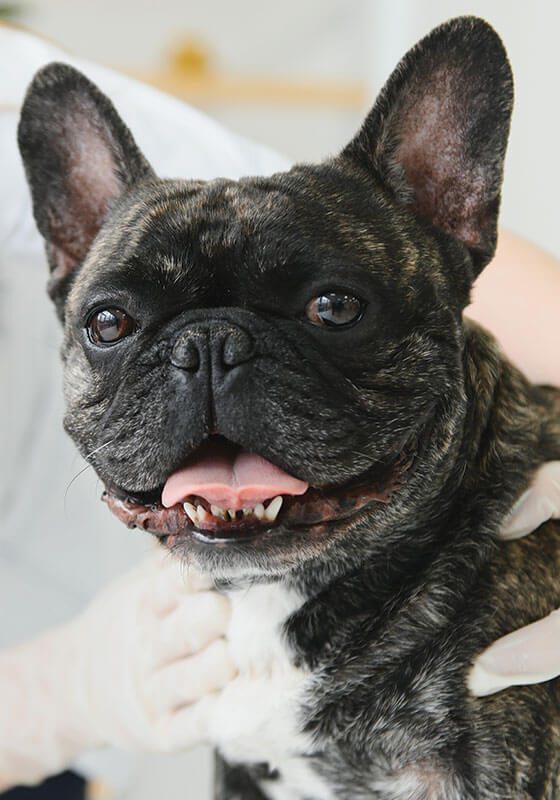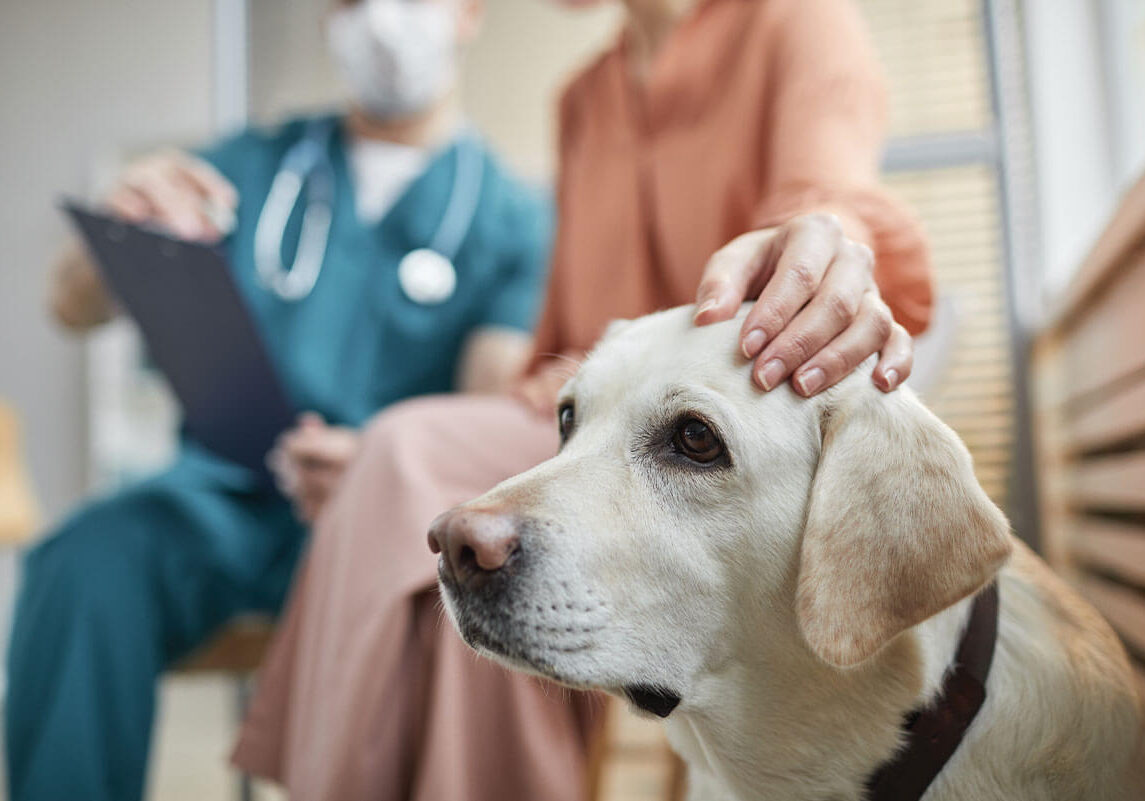Prioritize Your Pet’s Wellness with Preventive Care
At Cornerstone Veterinary Clinic, we believe that preventive care is the key to a long, happy life for your furry friend. Regular pet wellness visits help identify potential health issues before they become serious, preventing devastating illness from taking hold. By investing in a pet wellness plan, you’ll ensure your four-legged friend receives top-notch care while keeping your budget in check with convenient monthly payments.
Puppy and Kitten Wellness Plans
Welcoming a new puppy or kitten into your home is an exciting time! Our wellness program is tailored to prevent and treat common illnesses, helping your frisky ball of fur grow into a healthy adult. Here’s what’s included in a puppy or kitten wellness plan:
- Unlimited nose-to-tail physical exams during office hours
- Tailored vaccination series
- Three intestinal parasite exams (i.e., fecal tests)
- Three deworming treatments for roundworms and hookworms
- Ear cytology to identify ear mites, yeast, or bacteria
- Feline leukemia virus (FeLV) and feline immunodeficiency virus (FIV) testing for kittens
- Interstate health certificates as needed for travel
- Blood work to screen for liver or kidney abnormalities
- Spay or neuter surgery
- 5% savings on other medical services not included in the Puppy and Kitten Wellness Plan
Ready to Get Started?
It’s easy to sign up for a pet wellness plan! Just stop by or give us a call to discuss the best option for your four-legged friend. Affordable, high-quality pet care is within reach, and we can’t wait to help your pet thrive!



